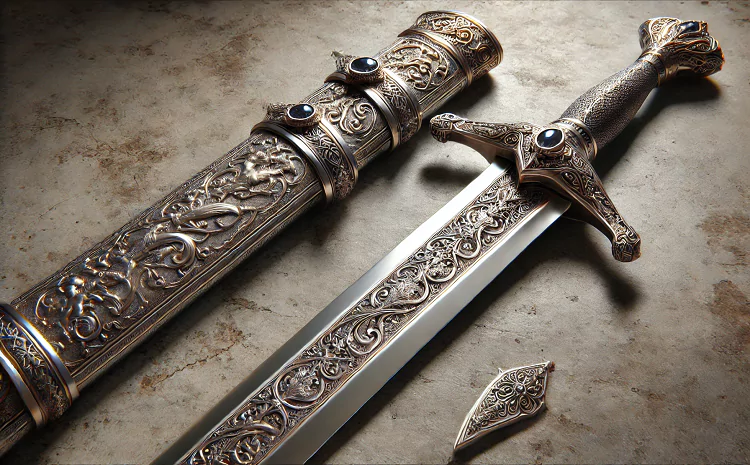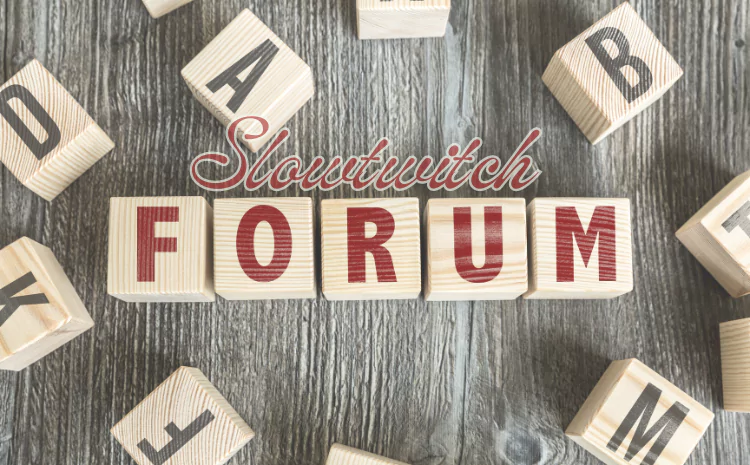The Honangen Sword is one of the most mysterious and revered blades in ancient Japanese history. Known for its exceptional craftsmanship and unparalleled symbolism, this sword is more than just a weapon—it represents the warrior spirit, power, and the legacy of an era where swords defined a person’s status. But what makes the Honangen Sword so special? Let’s dive into the origins, craftsmanship, and historical significance of this extraordinary blade.
Origins of the Honangen Sword
The Honangen Sword is believed to have emerged during a period of great innovation in Japanese sword-making. While its exact origin is debated, most historians suggest that it was crafted during the Heian period, a time when swordsmiths perfected the art of making swords that were not only functional but also beautiful. The cultural and spiritual importance of the Honangen Sword stems from the philosophy that a sword was the soul of the samurai.
Unique Craftsmanship of the Honangen Sword
What sets the Honangen Sword apart from others is its unique craftsmanship. The swordsmiths who created it were masters in the art of metalworking, using a combination of high-quality steel and complex forging techniques. This sword was crafted using a method called “folding,” where the steel was folded upon itself multiple times, resulting in a blade that was both incredibly strong and sharp.
The blade’s curvature, designed for swift and deadly strikes, is another feature that makes the Honangen Sword distinct. The use of differential hardening, where the edge is harder than the spine, gave the sword flexibility while maintaining a razor-sharp edge.
Design and Aesthetic Features
The aesthetic features of the Honangen Sword go beyond its deadly functionality. The blade often had intricate engravings, sometimes depicting dragons, clouds, or spiritual symbols, which were believed to bring luck or power to the wielder. The handle was often wrapped in ray skin and silk, with a guard (tsuba) that was not only protective but also a canvas for intricate artwork.
Role of Honangen in Samurai Culture
In the hands of the samurai, the Honangen Sword was more than just a weapon; it was a status symbol. Samurai adhered to a strict code known as “Bushido,” or the way of the warrior, which emphasized honor, loyalty, and martial prowess. The Honangen Sword, with its superior craftsmanship, was a perfect embodiment of these values.
Owning a Honangen Sword was a privilege reserved for high-ranking samurai, as it was seen as a symbol of their strength and commitment to the code of honor. For some, it was believed that the sword held a piece of the samurai’s spirit, further emphasizing its importance in their lives.
Historical Battles and the Honangen Sword
Throughout history, the Honangen Sword has been wielded in several significant battles, although much of its usage remains shrouded in mystery. There are accounts of legendary warriors who carried this blade into battle, with some suggesting that it was passed down through generations of elite samurai families. While these stories add to the sword’s mythos, there’s no doubt that the Honangen played a crucial role in shaping Japan’s martial history.
Honangen Sword in Japanese Mythology
The legends surrounding the Honangen Sword are as impressive as the blade itself. Some tales speak of a sword so powerful it could cut through mountains, while others attribute mystical powers to it. It’s often mentioned in the same breath as other mythical weapons, such as Kusanagi, the sword of the gods. These stories helped cement the Honangen Sword’s place in the annals of Japanese mythology.
Techniques for Honangen Swordsmanship
Honangen Swordsmanship was an art that required years of dedicated training. Martial arts such as Kenjutsu focused on specific techniques that maximized the sword’s potential. Samurai were trained to use the Honangen with precision and fluidity, with techniques like the “Iaijutsu”—the art of drawing and striking in one motion—being highly valued.
Maintenance and Preservation of Honangen Swords
To maintain a sword as prestigious as the Honangen, proper care was essential. The sword required regular cleaning, oiling, and sharpening to prevent rust and wear. Ancient Japanese swordsmiths also developed special polishing techniques that not only kept the blade sharp but also preserved its visual appeal. Today, collectors and museums employ these same methods to preserve Honangen swords for future generations.
Rarity and Value of Honangen Swords
Authentic Honangen Swords are incredibly rare, with only a handful believed to still exist today. This rarity, combined with their historical significance, makes them highly sought after by collectors. The market value of an authentic Honangen Sword can reach astronomical prices, depending on its condition and provenance.
Modern Replicas and Collecting Honangen Swords
Given the rarity of genuine Honangen Swords, modern replicas have become popular among collectors. These replicas, while not possessing the same historical value, often maintain a high level of craftsmanship, mirroring the intricate design and forging techniques of the original. However, it’s important for collectors to be cautious, as identifying a genuine Honangen Sword requires expertise.
Conclusion
The Honangen Sword is more than just an ancient weapon—it is a symbol of craftsmanship, honor, and history. Its legacy continues to inspire swordsmiths and martial artists alike, leaving a lasting imprint on Japanese culture. As we admire the beauty and power of the Honangen Sword, we are reminded of the skill and dedication required to create such a masterpiece, making it a treasure that transcends time.





